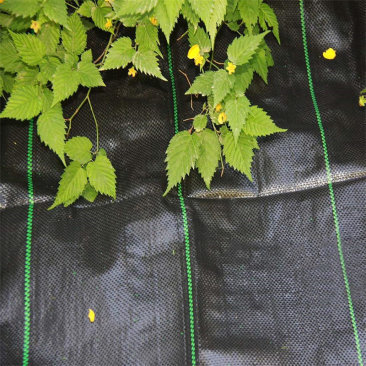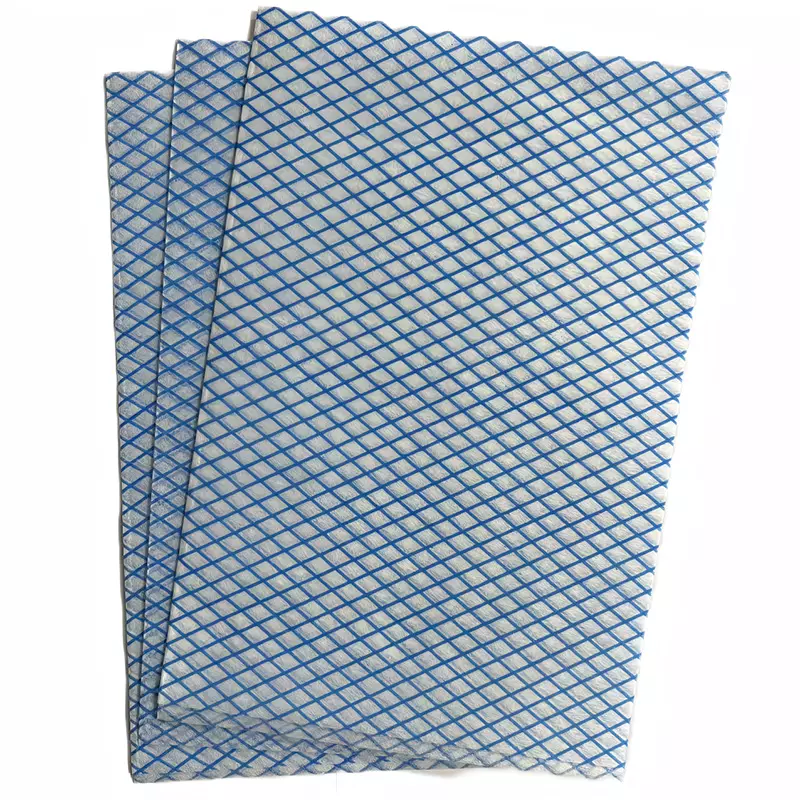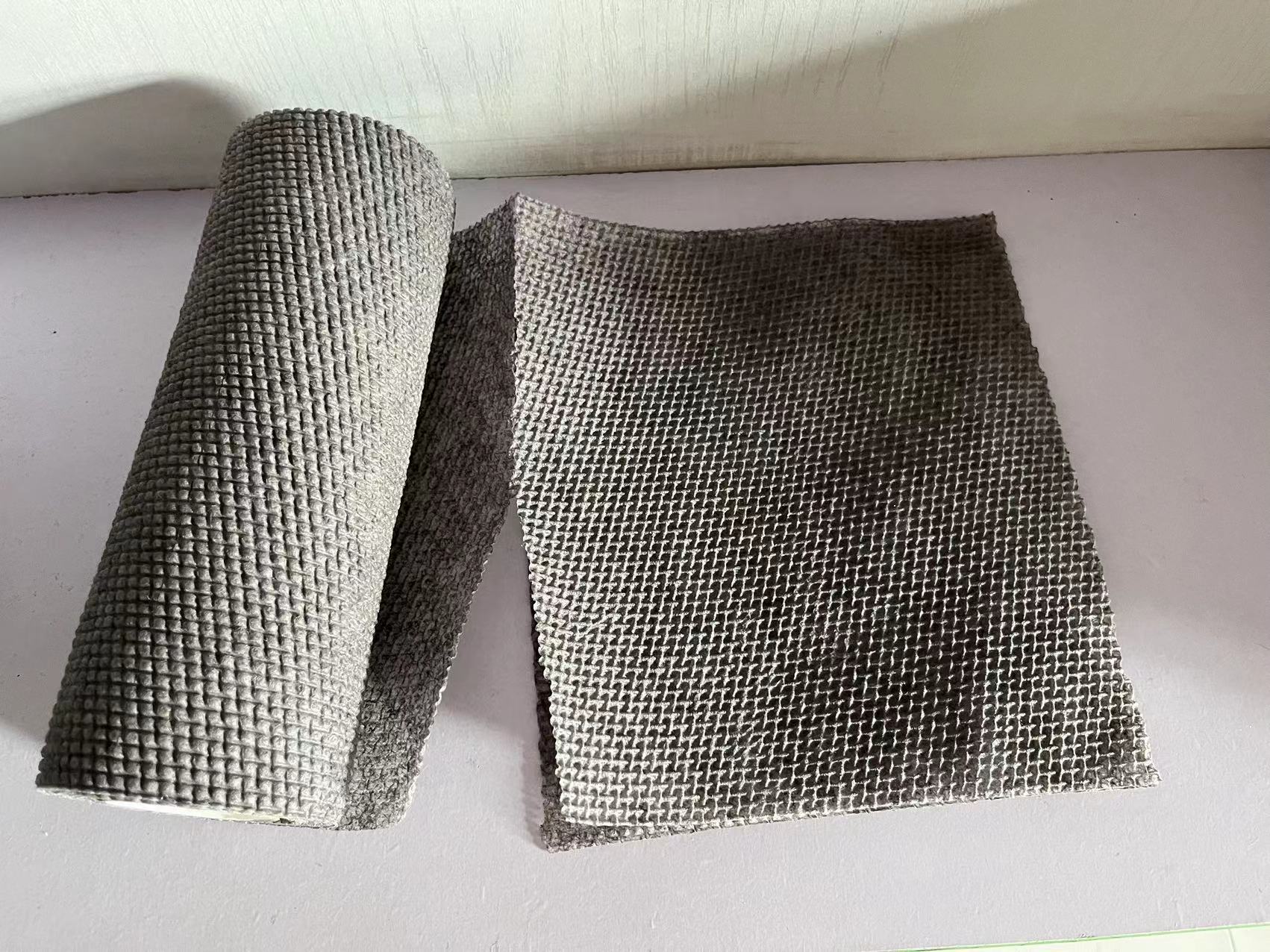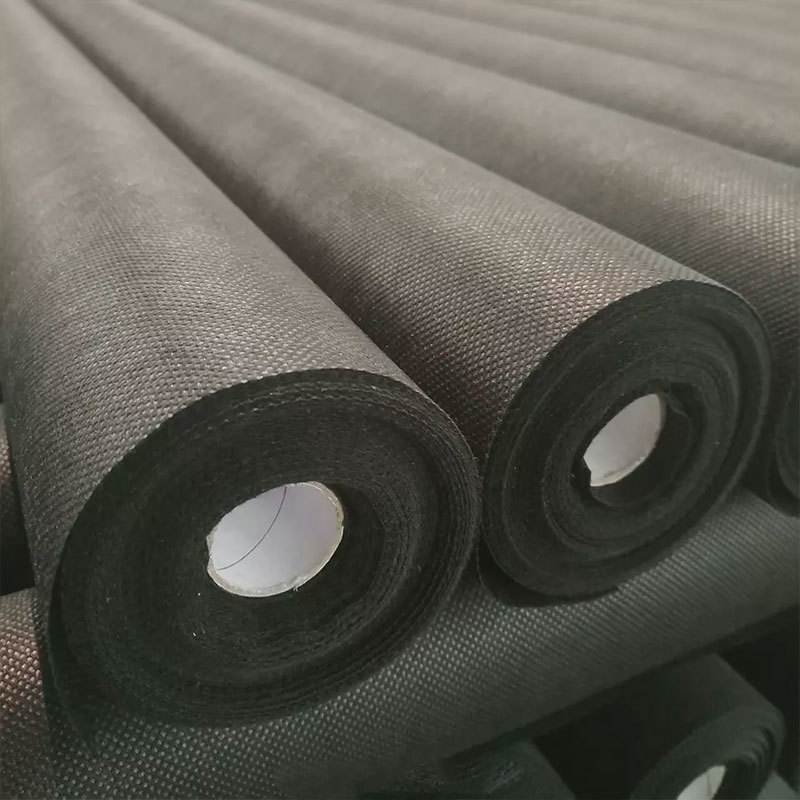01
2025
-
06
Maximize Your Garden's Potential with Weed Control Fabric: A Comprehensive Guide
Maximize Your Garden's Potential with Weed Control Fabric Weed control fabric is an essential component for anyone looking to enhance their garden's performance. This guide delves into the benefits, installation techniques, and maintenance strategies for weed control fabric, ensuring that your garden remains vibrant and productive throughout the growing season. Understanding Weed Control Fabric: W
Maximize Your Garden's Potential with Weed Control Fabric
Weed control fabric is an essential component for anyone looking to enhance their garden's performance. This guide delves into the benefits, installation techniques, and maintenance strategies for weed control fabric, ensuring that your garden remains vibrant and productive throughout the growing season.
Understanding Weed Control Fabric: What Is It?
Weed control fabric, also known as landscape fabric or geotextile, is a permeable material designed to prevent weed growth while allowing air, water, and nutrients to penetrate the soil. Typically made from polypropylene or polyester, this synthetic fabric plays a crucial role in garden management by reducing competition for nutrients and light.
Benefits of Using Weed Control Fabric
The advantages of weed control fabric extend beyond mere aesthetics. Here are some significant benefits:
1. Effective Weed Suppression
Weed control fabric creates a barrier that inhibits the growth of unwanted plants. By blocking sunlight and restricting access to the soil, it significantly reduces weed proliferation.
2. Enhanced Soil Health
This fabric allows water and nutrients to flow freely, ensuring that your soil remains healthy and viable. This promotes better root development and overall plant health.
3. Reduced Maintenance
With weeds effectively suppressed, less time is spent on weeding, allowing gardeners to focus on other important tasks like planting and watering.
4. Soil Erosion Prevention
Weed control fabric can help to prevent soil erosion by stabilizing the soil and reducing runoff during heavy rains.
5. Versatility
Whether you’re landscaping a flower bed, vegetable garden, or pathways, weed control fabric is adaptable for various applications.
Choosing the Right Weed Control Fabric
Selecting the appropriate type of weed control fabric is critical for achieving optimal results. Here are some considerations to guide your choice:
1. Material Composition
Most weed control fabrics are made from either woven or non-woven materials. Woven fabrics are durable and provide excellent moisture retention, while non-woven fabrics are lighter and more permeable.
2. Weight and Thickness
Thicker fabrics tend to provide better weed suppression and durability. Look for options that weigh at least 3 ounces per square yard for effective performance.
3. UV Resistance
Opt for fabrics that are UV resistant to ensure longevity, especially if they will be exposed to direct sunlight for extended periods.
How to Install Weed Control Fabric
Installing weed control fabric correctly is vital for maximizing its benefits. Follow these step-by-step instructions for optimal installation:
Step 1: Prepare the Site
Clear the area of existing vegetation, debris, and rocks. A clean surface is necessary for the fabric to lay flat and function effectively.
Step 2: Level the Ground
Use a rake to level the ground, removing any bumps or dips that could hinder water flow or create pockets for weeds.
Step 3: Cut the Fabric
Measure the area and cut the fabric to size, ensuring that it overlaps edges by at least 6 inches to prevent weeds from sneaking through seams.
Step 4: Lay the Fabric
Spread the fabric evenly across the prepared area. Secure it in place with landscape pins or stakes to prevent shifting and tearing.
Step 5: Backfill with Mulch or Soil
Cover the fabric with mulch or soil to enhance its appearance while providing added weight. This layer also helps suppress any weeds that may try to grow above the fabric.
Maintaining Your Weed Control Fabric
While weed control fabric significantly reduces weed growth, some ongoing maintenance is essential to maximize its effectiveness:
1. Regular Inspections
Periodically check for any signs of weed growth or damage to the fabric. Address any issues promptly to maintain optimal performance.
2. Refreshing Mulch
Over time, mulch can break down or wash away. Regularly replenish the mulch layer to ensure continued weed suppression and soil moisture retention.
3. Adjusting Planting
As plants grow, they may require more space. Be prepared to adjust your planting scheme or cut the fabric to accommodate larger plants.
Weed Control Fabric in Vegetable Gardens
Using weed control fabric in vegetable gardens can lead to bountiful harvests. Here’s how to maximize its potential in this specific setting:
1. Planting Techniques
Cut holes in the fabric where you plan to place seedlings or seeds. This allows direct access to the soil while maintaining weed protection.
2. Crop Rotation
Implementing a crop rotation system can enhance soil health and prevent the buildup of pests and diseases, complementing the benefits of the weed control fabric.
3. Companion Planting
Utilize companion planting techniques to improve plant growth and yield. The weed control fabric will help maintain an organized layout, making it easier to manage.
Common Mistakes to Avoid When Using Weed Control Fabric
To get the most out of your weed control fabric, it's essential to avoid common pitfalls:
1. Skipping Soil Preparation
Failing to prepare the soil can lead to inadequate weed suppression and poor plant performance. Always ensure the area is cleared and leveled before installation.
2. Not Securing the Fabric Properly
If the fabric is not secured, it can shift, leading to gaps where weeds can penetrate. Use enough landscape pins to keep it firmly in place.
3. Overdoing It with Mulch
While mulch is beneficial, excessive layers can lead to moisture retention issues that may adversely affect plants. Aim for a balanced layer of 2-3 inches.
Frequently Asked Questions (FAQs)
1. How long does weed control fabric last?
Most weed control fabrics can last anywhere from 3 to 10 years, depending on the quality of the material and environmental conditions.
2. Can I compost weeds that grow on top of the fabric?
It’s best to remove and dispose of any weeds growing on top of the fabric to prevent them from reseeding or spreading.
3. Is weed control fabric biodegradable?
Most synthetic weed control fabrics are not biodegradable. If you're seeking eco-friendly options, consider natural alternatives made from jute or burlap.
4. Can I use weed control fabric under pavers?
Yes, weed control fabric can be placed under pavers to prevent weed growth while allowing water drainage.
5. Do I need to water my plants differently when using weed control fabric?
You may need to adjust your watering technique, as the fabric can slow down water penetration. Ensure you properly soak the area when watering.
Conclusion
Weed control fabric is a powerful tool in maximizing your garden's potential. By effectively suppressing weeds and promoting soil health, it allows you to create an optimal environment for your plants to thrive. Understanding the benefits, proper installation techniques, and maintenance requirements will empower you to utilize weed control fabric effectively. Embrace the advantages of this landscaping material and transform your garden into a flourishing paradise. With the right approach, you will maximize your garden's potential and enjoy a vibrant landscape all year round.
garden weed control fabric












